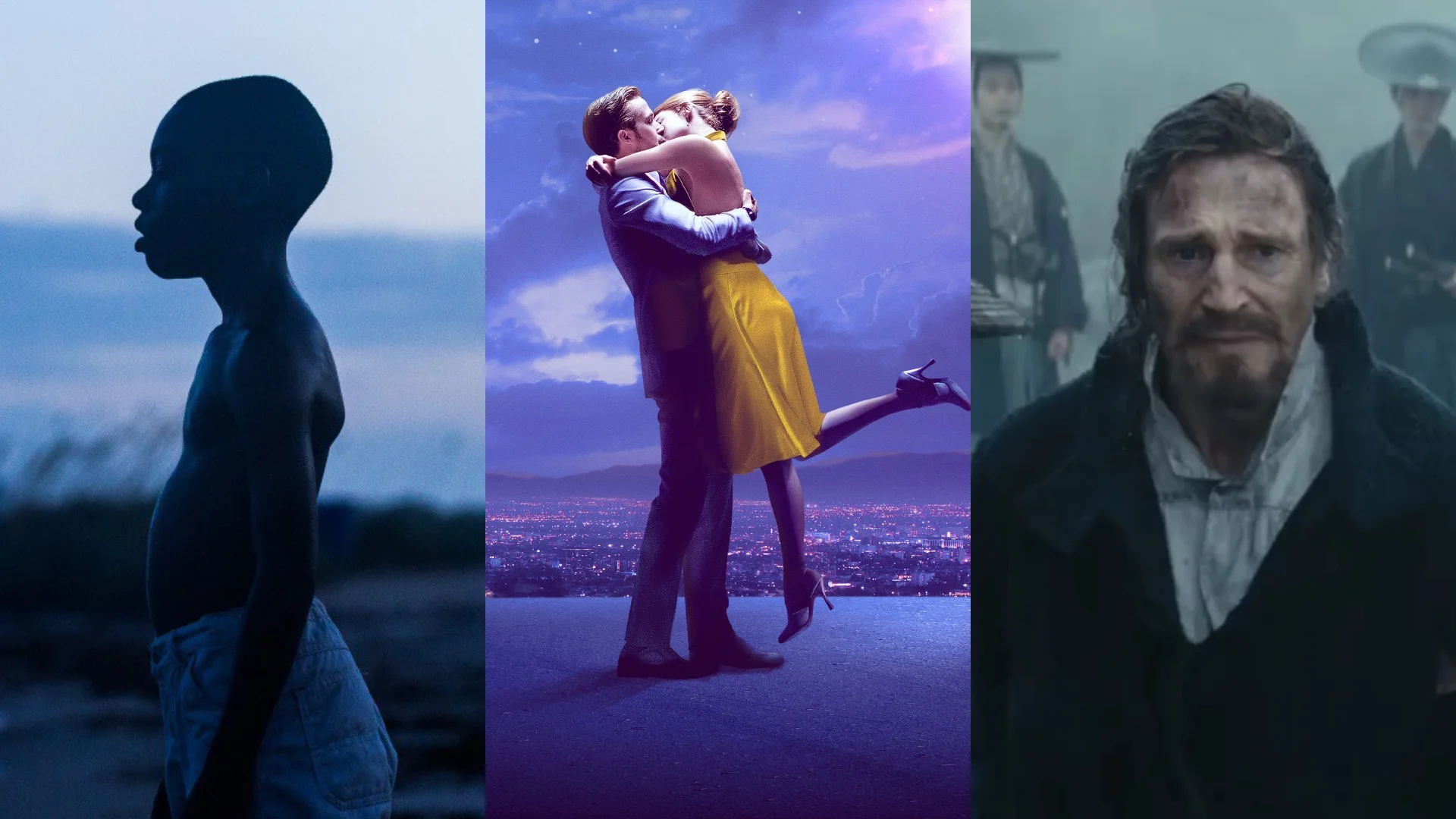Murder Party at 10 Years: A Look Back at Jeremy Saulnier's Debut Film
“I just wanted to party!”
When Murder Party hit the scene, nobody knew what to expect. While a horror comedy made by a bunch of friends with no budget wouldn’t typically be a selling point, there are few people who could pull it off with as much love as Jeremy Saulnier does in his debut feature. It was a long road, but Murder Party is now a bonafide cult classic that you can find in nearly every horror fan’s collection... Wait, did I say “cult classic”? I actually mean it flew right under everyone's radar and now there’s nobody here to celebrate its tenth anniversary. Not only is Murder Party worthy of celebration, it should be a staple of every Halloween movie marathon.
The film is set on Halloween, as a blackened paper glides through the streets. It flies past the costumed feet of all those preparing for the festivities, until it finally stops at the shoe of Chris (Christopher S. Hawley). He is an infinitely likeable, yet lonely and pitiful man whose plans include some scary movie rentals, which he carries by his side. He picks up the paper and finds an invitation to a costume party—well, to be precise, a “Murder Party.” When he makes it home, he prepares to watch a horror film but finds his disheveled cat, Sir Lancelot, in his chair. Incapable of summoning the needed resolve to move his pet, he crafts an adorable makeshift knight costume out of cardboard (sword and all), bakes some pumpkin bread, and gives a bitter farewell to his cat.
Unfortunately for Chris, the party seems to be a little more on the “murder” side of things than he had expected. Within minutes of his arrival, pictures have been taken, cocaine has been consumed, and one corpse has already been put in a freezer. He’s tied up, gagged and locked in a warehouse, surrounded by unstable art students who are all trying to find the most artistically relevant way to end his life; of course, this is all an attempt to snag some grant money. Chris is our witness, and our surrogate, into the abyss where he must fight for his life and maybe, on the way, learn to stand up to his own cat. It’s an outlandish narrative that confidently descends into an absurd, comical kind of hellscape.
Most of this is all confined to a single location with a practically mute protagonist. The film is pretty dependent on the wonderful dialogue written by Saulnier. The approach is naturalistic (though, these people do seem to be fixated on the word “dildo”) and each character has an internal life and desires, which make their decisions feel like they are coming from a realistic place. Plus, it is fair to mention that these people are on a fair amount of drugs. Even each of their physical needs are accounted for; consider when, during an escape attempt, Chris has to stop to use the restroom after being tied up all night. There’s humanity in their actions. It’s deceptively simple and absolutely bonkers in a way that Saulnier’s later work isn't. Not to say Blue Ruin and Green Room are tame, by any means, they are just more controlled.
Now, with a limited budget, some mess is to be expected. It tends to drag every now and then, and it spends a bit too much time detached from the main character, sapping it of some much needed urgency. However, the true joy of this film comes in its messiness. It thrives as a personal document of a group of people who love making genre films more than anything else. They love it so much that they threw all of their own savings into making it, and when Murder Party failed to get attention they tried it all over again with Blue Ruin. With non-stop dialogue, long hand-held takes and gruesome makeup effects, this could have been a disaster. Instead, Saulnier gave us a love letter to horror cinema that ends with the kind of bloodbath any horror fan would be grateful for.
Where his later films embraced solemnity, Murder Party shunned it. It does have a distinct presence in his filmography, but in no way does Murder Party feel separate from his later work. He has always had an affinity for taking a bumbling, inept protagonist and watching them flail around. We also see this in the hapless Dwight from Blue Ruin, and the absent-minded Pat from Green Room. This domain of cruelty seems inherent to the world his characters reside in. The universe is a sick freak that desires nothing else than to see you fail, but if you keep pushing it might just throw you a bone. If there actually is a sentience to this universe, it is not concerned with casualties of war, and it may even have a sense of humor (Macon wishing he could become a dog near the end of Murder Party, to give one example). In fact, you might even say Saulnier specializes in his own specific brand of war film, where broken people are put through hell for no reason other than existing. His movies appear to concern themselves with the repulsive nature of violence, and, at their base levels, instinct.
These qualities have positioned Saulnier into becoming a new master of the genre. Just take a look at last year’s Green Room. Harkening back to the naturalism of the 70’s, it’s brutal, gritty, and, most of all, it feels real. It’s this kind of pure visceral filmmaking that keeps bringing us back to horror. However, the charm of Murder Party lies in how unserious it all is. It showcases the stumbling yet charismatic beginnings of brilliant filmmaker, who is capable of going back to his roots to make an all-timer of a horror comedy.
So, come on, dildos, you’ve been invited to Jeremy Saulnier’s Murder Party.





